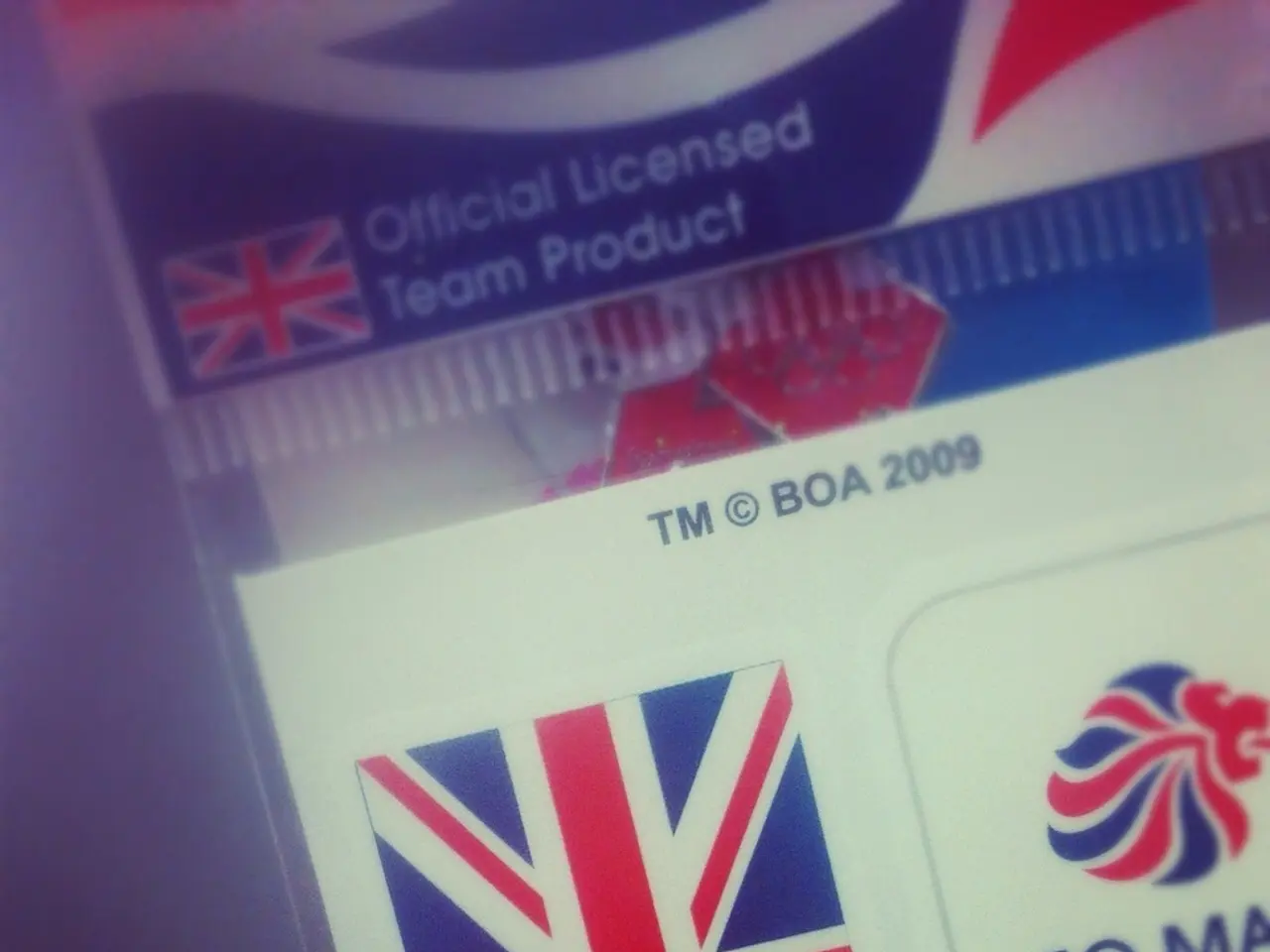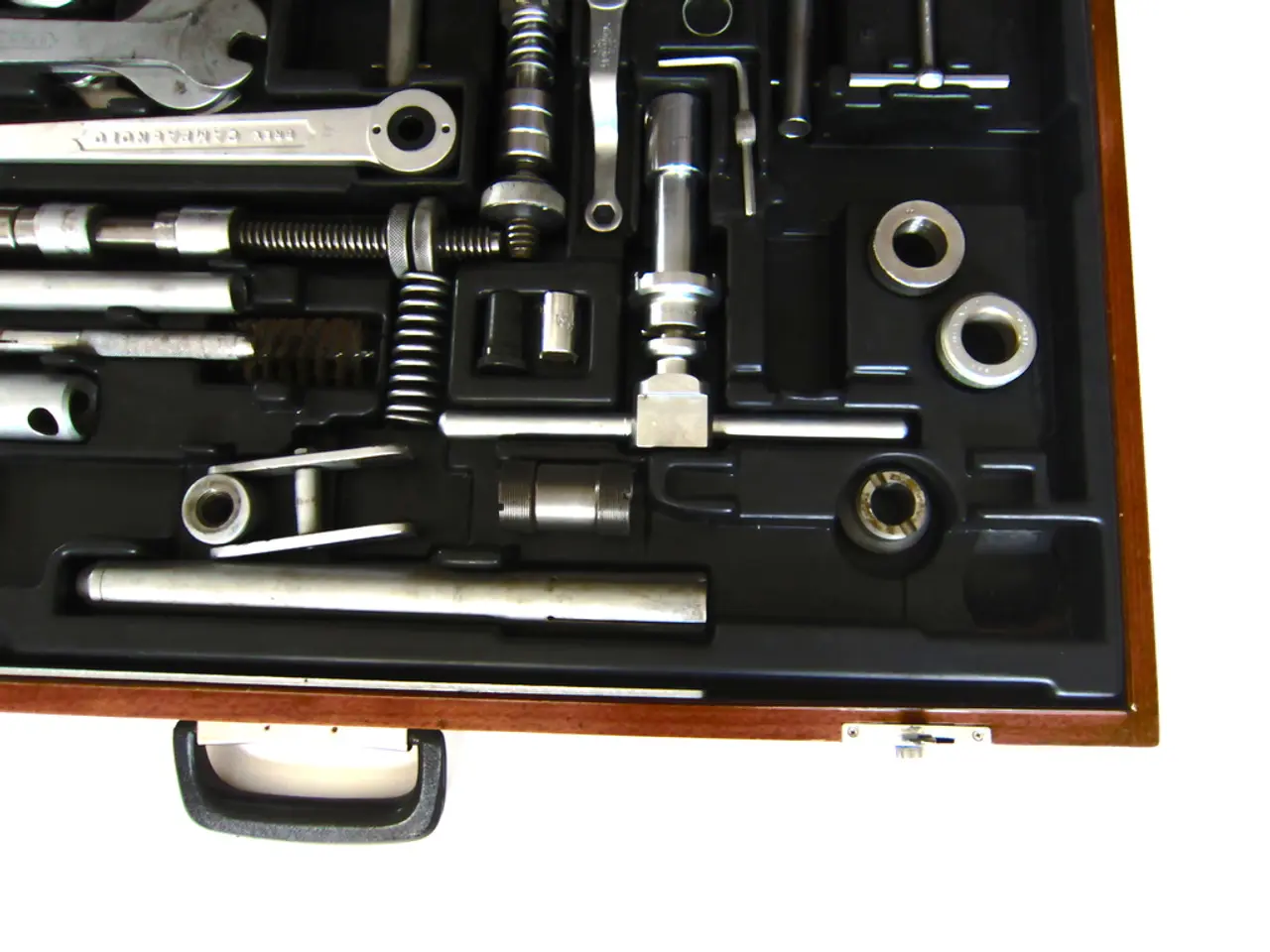Identifying an authentic Breitling versus a counterfeit one: A guide.
Identifying Original Breitling Watches: A Guide for Buyers
When it comes to purchasing a Breitling watch, knowing how to identify an original piece is crucial in avoiding counterfeit sales. Here are some key factors to consider:
1. Purchase from authorized dealers or trusted sources: Research the exact model's specifications on Breitling’s official website, including diameter, lug width, weight, and design details, and compare these carefully to the watch in question.
2. Check the weight and materials: Genuine Breitling watches are made from high-quality, often heavier materials like stainless steel or precious metals, whereas fakes tend to use lighter, cheaper materials such as plastic or hollow metal.
3. Inspect the dial and functionality: Authentic Breitlings have fully functional chronograph pushers and subdials—counterfeit watches may have non-functional pushers or printed subdials that cannot be operated.
4. Examine the watch carefully for authentic markings, seals, and certificates: Look for warranty cards with holographic stickers and proper references to model and serial numbers. Use magnification tools or specialized lighting to detect tampering or reprinting on warranty cards, a common fraud tactic.
5. Evaluate the packaging and accessories: Original Breitlings come with high-quality boxes, instruction manuals, and authenticity cards that match the watch’s details. Signs of poor packaging quality or inconsistent accessory details are red flags.
6. Look closely at the craftsmanship: Authentic Breitlings feature a transparent sapphire case back on many models, precise etching, luminescent hands, and detailed tachymeter scales, all executed cleanly without printing mistakes or misalignment.
7. Seek third-party authentication: If buying used, request third-party authentication by watchmakers or established expert services who use timing machines and visual inspection to confirm authenticity.
8. Familiarize yourself with the watch's unique features: Thoroughly researching the unique features of a specific Breitling model can aid in identifying fakes. For example, the central second hand of a Breitling watch bears a distinctive anchor-B or is incorporated at the bottom end of the second hand. Also, there should be no white background within the logo, and the central pivot of a Breitling watch should have the same color as the hands.
In summary, verifying authenticity involves detailed physical inspection, cross-checking official specs, ensuring proper provenance through paperwork and packaging, and, when possible, expert authentication to distinguish genuine Breitling timepieces from replicas.
Additional Tips:
- Collector forums or blogs can be a good starting point for researching Breitling watches.
- Many replicas use a black pivot for the central pivot, making it different from the original.
- Depending on the seller, tested Breitling watches can come with a 24-month warranty.
- The Breitling logo is positioned at the top center of the dial.
- There are entire books dedicated to the history of certain watch brands.
When searching for a Breitling watch, it's beneficial to keenly examine the craftsmanship, as genuine Breitlings often feature transparent sapphire case backs, precise etching, luminescent hands, and detailed tachymeter scales, unlike replicas. Technology also provides helpful tools for verification, with collectors utilizing web resources like forums and blogs to research specific Breitling models and their unique characteristics, such as the distinctive anchor-B appearance of the central second hand or the absence of a white background within the logo.




